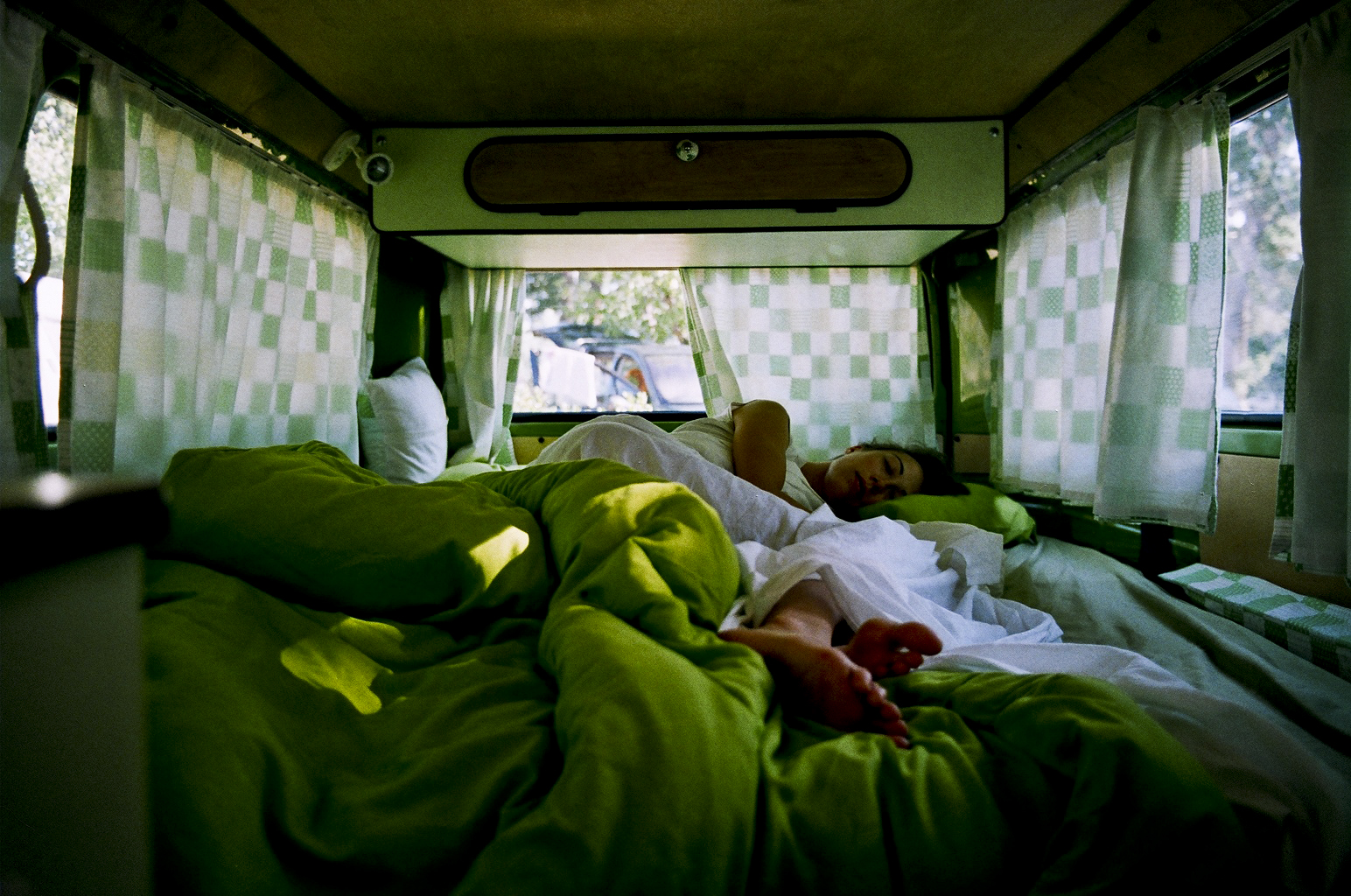Probably my most literal heading yet, but that is what we talked about in class, the nature of zooms and the influence of colour in film.
I’ll start of with zooms. Basically imagine your a pirate and you whip out a telescope, extend it and look into the distance and see treasure or something like that (not the point). That is basically the same thing as camera lens, when you extend the lens, you start to see that things in the distance gradually become closer, and it is that movement that is classified as a zoom, when you are stationary and zoom into something at a distance. Pretty complicated… (not really) but the techniques that go into using zooms effectively can take some skill. Zooms can affect the mood of a scene, can create suspense, generate excitement or be used for comedic effect. Although zooms often come across as tacky (personally i’m not a big fan of using the technique) they can really add a certain quality to a scene that can enhance certain aspects of film without coming across as dated at all.
Look at Quentin Tarantino’s films such as Django unchained or Kill Bill, Zooms are often used to enhance the intense nature of action scenes whilst also lending to the black comedy elements that most of his films have. Quentin Tarantino Films – Zoom Ins
Zooms can also be utilised in “faux documentary” films like Blair Witch, Cloverfield, and District 9. Zooms enhance the intended mood of scenes whilst often serving as visual motifs to illustrate the relationship a character or object has with its surrounding environment. Zooms in films
Overall zooms are rarely used because they often appear dated and usually add a comedic effect to a film rather than intensifying action or drama in a scene. However, if used effectively they can work well to enhance a scene in a film.
Colour is one of my favourite things in film. Colour makes images pop, it adds depth to a scene and creates atmosphere of both the film and scene. Colour conveys meaning, adding value to characters, often serving as visual motifs to depict a characters thoughts or feelings. Colour is utilised to create coherent meaning to a scene so it makes sense to an audience of the time and place that scene is set in. For instance warmer, yellow and sepia hues are often used to depict the atmosphere of Los Angeles, or places in tropical regions or a desert, it enables the film to establish an atmosphere of a scene and a setting, aiding to the audiences understanding of what is going on. Conversely, dark, blue undertones may be associated to places such as New York or London.
Colour also establishes a genre of a film. A darker pallet intensifies a Drama or a thriller whilst, lighter/warmer tones lift the mood of a comedy.
Colour is very important in a scene and a film, bringing meaning to characters and creating an atmosphere that dictates how the film is responded to by an audience.
Examples of Colour used effectively in film:
- American Beauty
- Blue is the warmest colour
- The Tree of Life
- Requiem of a Dream
- 2001: Space Odyssey
- Drive
- Eternal Sunshine of a Spotless mind
- Amelie
- The Cook, the Thief, the Wife and her Lover

